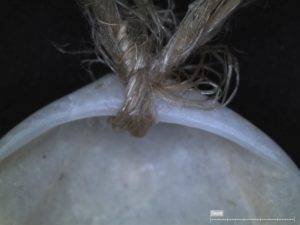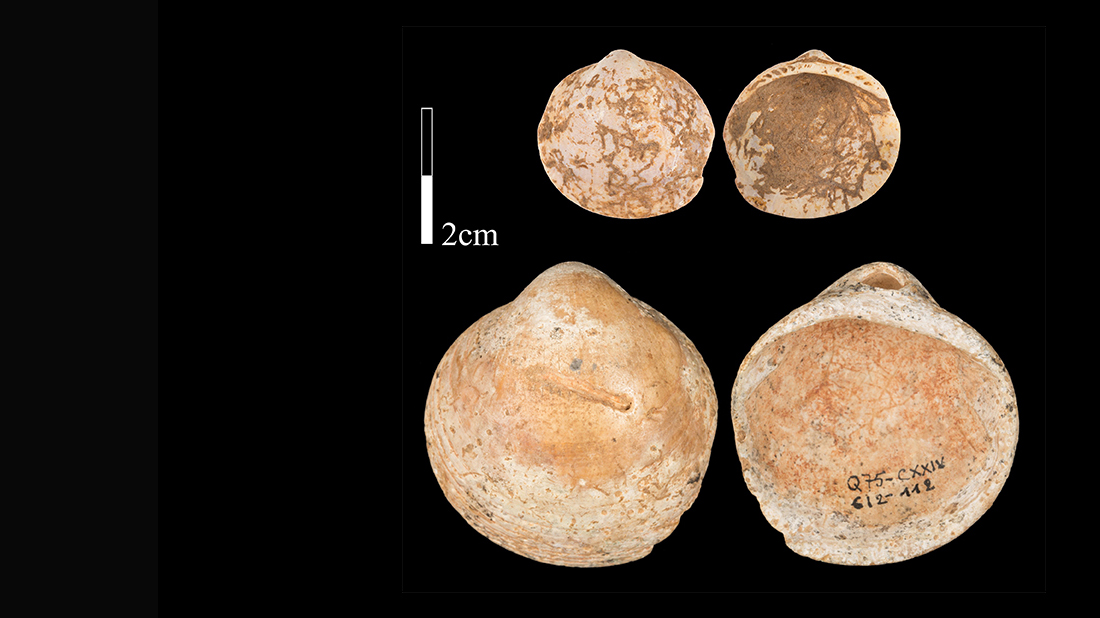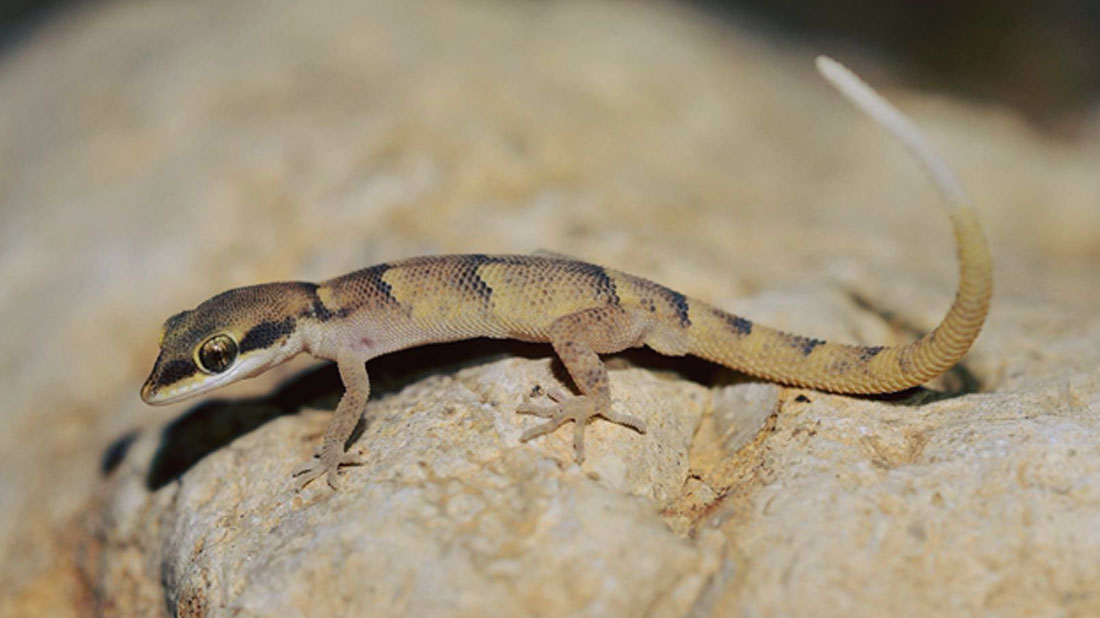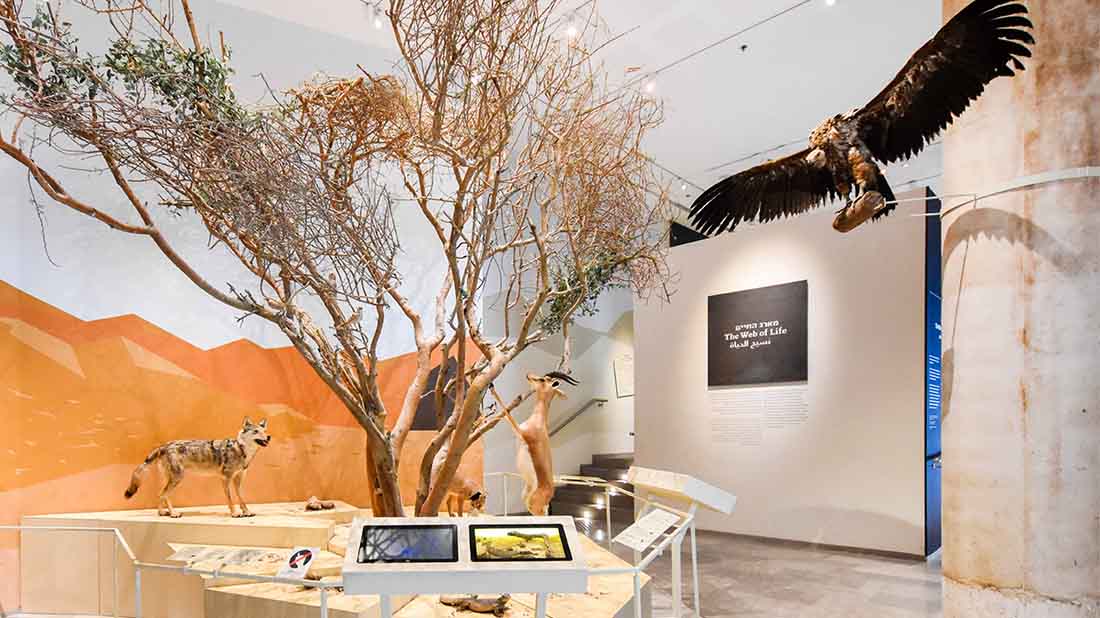A study conducted by researchers at the Steinhardt Museum of Natural History at Tel Aviv University, and the Institute of Archaeology at the University of Haifa, found that not only did prehistoric humans decorate themselves with shells, but it also turns out that during the period between 160–120 thousand years ago, strings on which such beads were strung was invented
A new study by Dr. Daniella Bar Yosef Mayer from the Steinhardt Museum of Natural History at Tel Aviv University, together with Dr. Iris Groman-Yaroslavski from the Use-Wear Analysis Laboratory in the Zinman Institute of Archaeology at the University of Haifa, reveals that the shells of Glycymeris, known as ‘bittersweet clam’, which are highly abundant along Israel’s coast, were already used by prehistoric humans for decoration over 100,000 years ago.
The study’s conclusions are based on two main findings: in the Misliya Cave on Mt. Carmel, where remains of modern humans who came from Africa more than 160,000 years ago were discovered, a group of unperforated shells was also discovered. Some of them could have been used for food (eating of mollusks is known from other sites in the Mediterranean Basin) while others were probably gathered because of their symbolic value. Different studies have shown that humans are attracted to round, curved shapes, and the gathering of Glycymeris shells may have been related to the prehistoric world of beliefs. It is interesting to note that unperforated Glycymeris shells were also discovered in a site in South Africa, dated to approximately 160,000 years ago.
In contrast, at Qafzeh Cave in the Lower Galilee, where remains of modern humans were also discovered, from the period of about 120,000–90,000 years ago, additional Glycymeris shells were discovered. At this site, every shell had a hole at its umbo, and they had been threaded onto string. These findings join further evidence from other sites of similar age in Israel and northern Africa demonstrating the use of perforated shells.
To reinforce the notion that these shells were in fact threaded on a string, Dr. Iris Groman-Yaroslavski, conducted a series of experiments to examine the microscopic signs left on the shells after humans use them: in the experiment, (modern) shells were rubbed with various natural materials, such as wood, leather, clay, papyrus, different types of stones and ochre (red earth dye). Similarly, strings from flax fibers were made and threaded through naturally perforated shells (that can be found on the beach). The strings were threaded through the shell perforations, tied in different ways, and swung around, to simulate continuous wear. Examination of the shells from the experiment and comparison of the findings with shells from Qafzeh Cave showed that the ancient shells, about 120,000 years old, bore tiny grooves of a certain kind near the hole that resulted from rubbing against a string. Similarly, on most of the shells, tiny grooves of a different kind were found – these resulted from the rubbing of ochre on the shells – as well as signs testifying to the fact that the shells had rubbed against each other. From this, we can understand that as soon as the technology to produce string from plant fibers existed, it could be used for self-adornment with necklaces made of shells.

A modern Glycymeris shell tied with flax string. Photo: Iris Groman-Yaroslavski
Dr. Daniella Bar Yosef says, “We estimate that self-adornment was intended not only to express the beliefs that humans attributed to shells but perhaps also to express identity or tribal or class affiliation to other human populations. The timing of the invention of string has significance beyond the desire or ability for self-adornment. String-based technology enabled a number of additional developments related to human evolution, including the creation of hunting traps and fishing nets, the creation of the bow (for hunting with arrows), fishing with hooks and diverse uses related to sailing the sea, for example, tying logs together to make a raft, and even different uses related to clothing.
At this stage, we have no direct evidence of these technologies during this ancient period, but microscopic evidence of the existence of plant fibers has accumulated consistently over recent years.”
The partners in this study, from the University of Haifa, Tel Aviv University, the Hebrew University of Jerusalem, Harvard University in the USA, and the University of Bordeaux in France, are the directors of excavation at the two sites in which the findings were discovered. Ofer Bar-Yosef, who excavated in the Qafzeh Cave, and was involved in the early stages of this study, passed away a few months before the article was published.
————
Bar-Yosef Mayer, Daniella E., Iris Groman-Yaroslavski, Ofer Bar-Yosef, Israel Hershkovitz, Astrid Kampen-Hasday, Bernard Vandermeersch, Yossi Zaidner and Mina Weinstein-Evron. 2020. On holes and strings: Earliest displays of human adornment in the Middle Palaeolithic. PLOS ONE.






